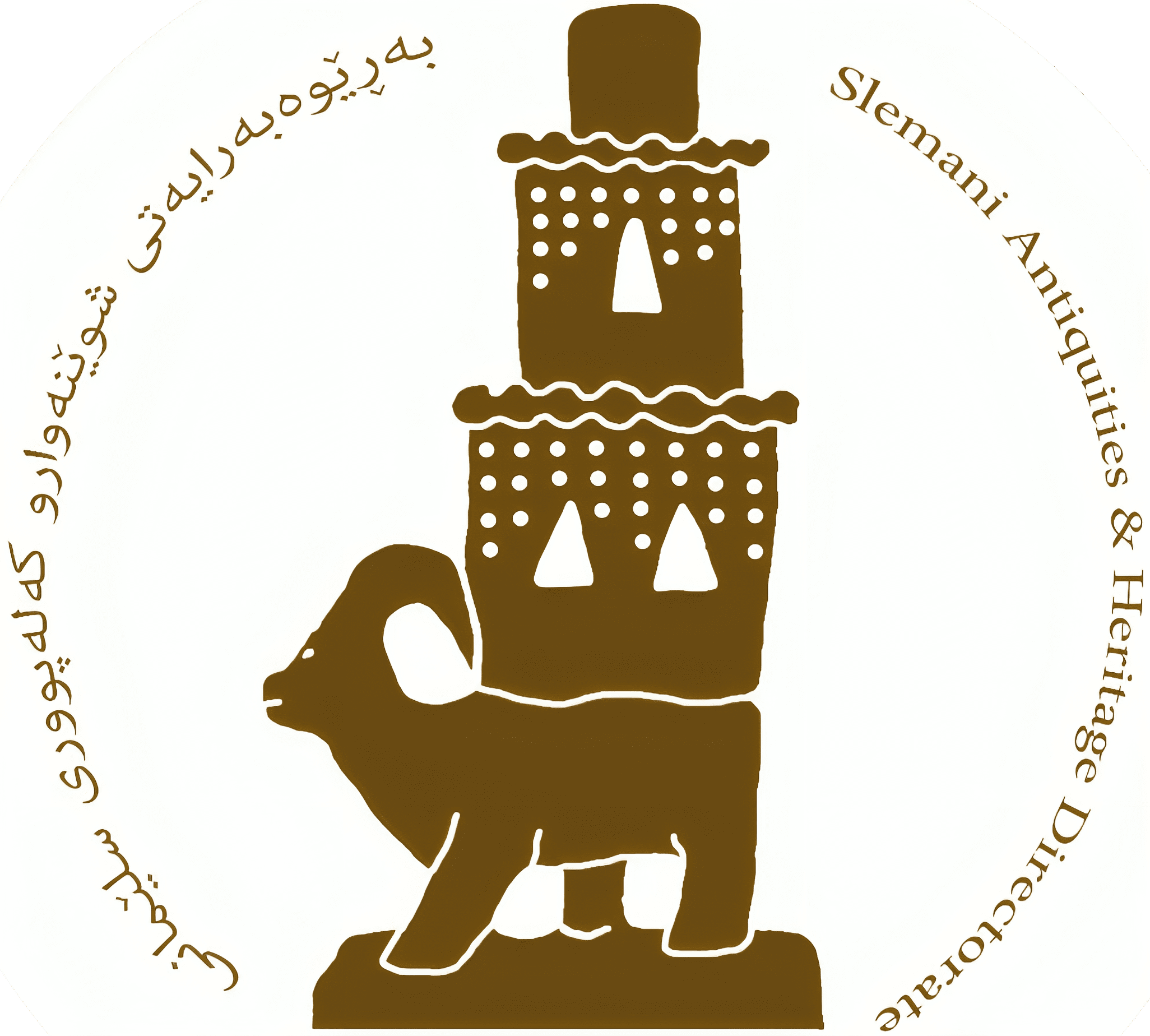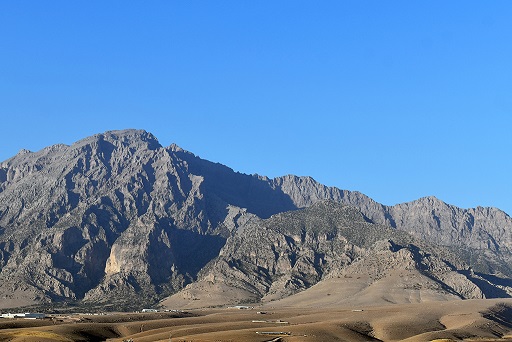Surveying Dukan Lake
240111033238.jpg)
The latest archaeological activity is the survey of some of the archaeological Sites in Dukan Lake. It is a joint work between the Archeology and heritage Directorates (Slemani, Raperin and Pisa University) of Italy.
The decrease in the water level of Dukan Lake provided an important opportunity to survey some of the archaeological sites in the lake (Ranya - Chawarqurna - Bangird - Khdran) that some of them had not been visited since the 1950s Despite the difficulties, distance and dangers, the work was done very scientifically, with about 13 archaeological hills recorded.
Changes in the deterioration of the archaeological sites due to lake water, visitors and fishermen, but some new periods, archaeological objects and important clay fragments were recovered and re-recorded. The use of drones, cameras and GPS points was another task of the project, in order to recreate new maps, determine their archaeological periods and provide new information about the hills.
The recorded archaeological hills are:
(Grdi-Pres - Grdi-Bayaz Agha - Grdi-Qurala - Krosk Hill -Grdi- Khazem - Grdi-Rash - Grdi-Musa 1 - Grdi- Musa 2 - Grdi-Musa 3 - Grdi-Khoeris - Grdi-Kamam - Grdi- Qurashina - Grdi-Kundu).

240128072115.jpg)
240228010746.jpg)
